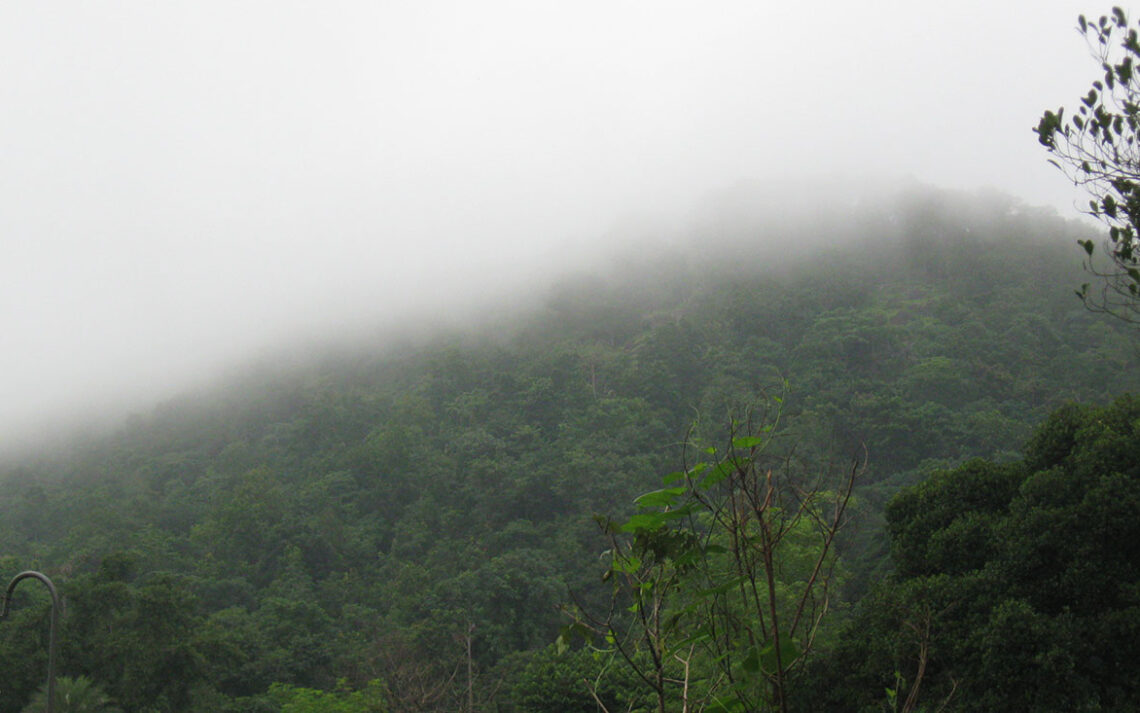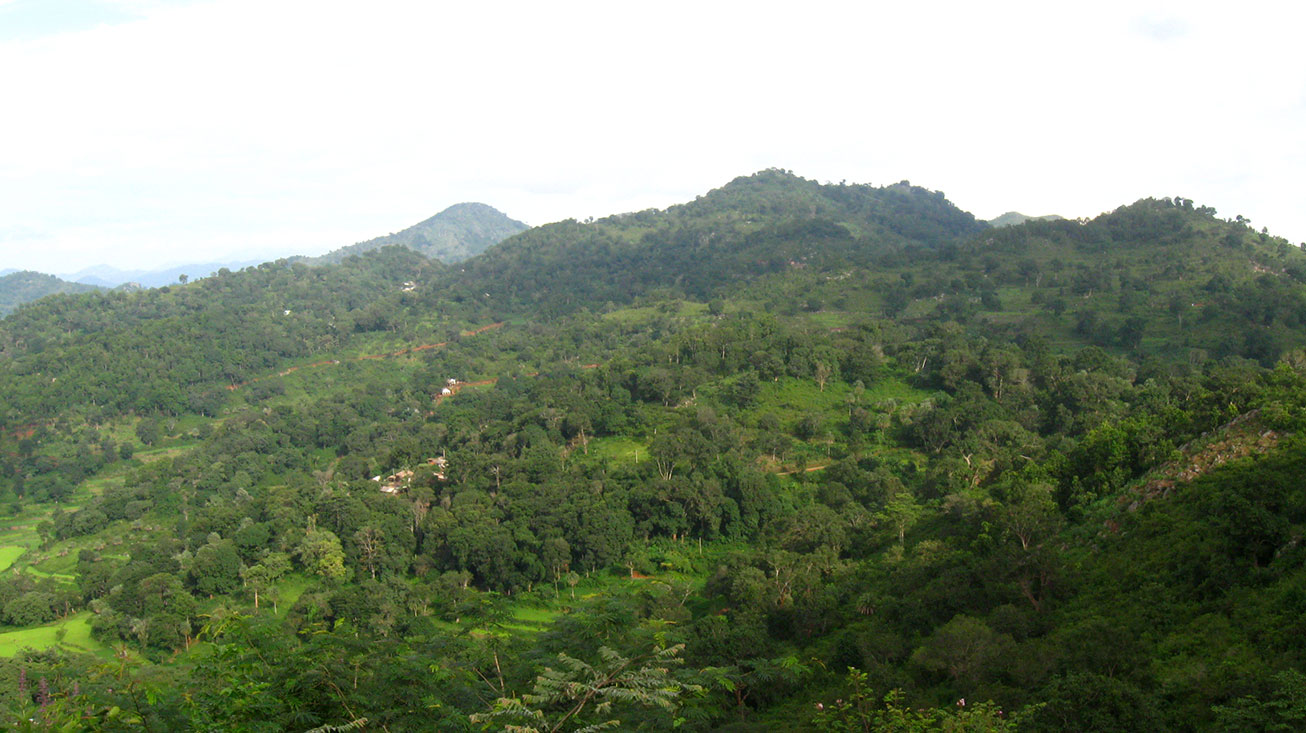BLOG

Lanjia Soura in 2012
I had been to Seranga, a small village in Gajapati for a video documentation work in 2012. My cousin was working there for a multi-lingual based education project at that time. Gajapati district in Odisha (along with Rayagada) is a home to one of the primitive tribes of the world – Lanjia Soura. Teaching tribal children in Odia language in schools not only develops an identity crisis it also restricts their early childhood development. They should be taught in their own language- their own mother tongue – this is where my cousin and his organization were working. Actually, they were wrapping up the project in that year and I was called to do a video documentation of the result they had gathered.
It was my first visit to a remote area of Odisha. I had stayed, in fact studied for a year at Phulbani (now Kandhamal). But I was staying at my uncles’ in a well-facilitated house without any water or bathroom issues. The visit to Gajapati made me see the troubles of venturing out of the capital and the condition of the bordering cities.
I reached Seranga deep in the night. It was raining heavily. We had an awful dinner at Parlakhemundi, and were tired, so went straight to sleep. We were staying at a Christian church guest rooms which were clean, calm and surrounded by lots of trees and rocks. The sleep was good. But all my remaining tiredness gone with the morning breeze flowing through the window of my room. The rain had gone, it was sunny, lots of birds were chirping in front of me. Being the first of its kind of tour, I had no expectation or imagination regarding the view I was going to get. When we were ready and out for breakfast, I felt very content. It was a very small market surrounded by hills. I felt as if a small group of people buying-selling among themselves. The breakfast was outstanding – a lot better than what one gets from the market of similar sized village in the eastern part of Odisha. The plates were clean and food was being served either on a thin butter-paper or broad sal leaves on top of the plates. As I was eating, I was pointed out to a spot high in the nearby mountain and told that we were going there. I looked up and thought had I been not informed I would have thought that there were no more settlements ahead of this village. The project coordinator told me that there were many such hamlets scattered across those hills which we would visit during our two days stay.
I feel sorry for me as I could feel the-new-world vibe in those days but not as consciously as I can today.
After the breakfast, we reached a small village situated even higher than Seranga. Those villages have a peculiar style where the houses were situated lower than the road. The road and the boundaries of huts were surrounded by medium sized stones. I could feel the freshness of the air I was inhaling. And there was a sense of calmness. I could hear the cows and goats were grazing nearby. The bells tied to their neck were ringing and creating a pleasing rhythm of sounds. We began our work. All the villagers were happy with the mother-tongue based education project and were sad about the wrapping up. As we were working at a school, I suddenly noticed a tiny white cloud just outside the window of the classroom. It was too close to the window as if it was lurking what we dumb folks were up to. It was so close that I could touch it. Seeing my amusement, the project manager told me that it was a frequent happening in those hilly villages. Sometimes one can find the clouds inside the classrooms floating on top of our head.

In that moment, I felt weak in the knees. Those air, those hills, that calmness – all felt magic to me. The next day we visited another village which was situated at the lower region of the hills. The road to that village was quite dense and bumpy but once we got past that, we found ourselves in a whole new magical land. It is quite difficult to express in words what that sight felt to me. I was encircled by tall mountains. It was all green in the middle where Soura people had done their famous step cultivation. My eyes wandered from spots to spots. I could not decide where to look. Wherever you look, you could gaze for hours. I had not read The Lost Horizon novel back then, but now I can say that place can also be termed as Shangri-La. I was feeling what Tom Cruise might be feeling in The Last Samurai when he is taken to the ancient hills of Japanese settlement. In those days, I did not have a smart phone nor wide-angle lensed camera to capture the sight. I was told that it was the tribal way of life. They have chosen that place for their settlement so that they can farm in their lands and live nearby. As they face water unavailability throughout the year, the surrounded mountains provide water in the rainy seasons. The rain water rolling from the mountains is used wisely for the cultivation. And this knowledge has been existing and transmitted from generation to generation. Not only their style of farming felt so ahead of time, but it all looked so picturesque to me.
As we had work to do, I paused my amusement and continued on our task. As I was working, I never stopped for a moment or two to look around and make plans to visit there once again without any work, so that I can sit there and enjoy those views from morning to evening. We finished our work and left Seranga the next day.
It was a Sunday. We decided to take some market shots and general village activity before leaving. But it was all empty. There was little to no activities in the market. The village streets were lifeless. I came to know about Sunday meetings of people at Churches. Gunju Gomango, who once was the village head, who was accompanying us in that trip, told me that most of the people residing in those hills had been converted to Christianity and were leading Christian ways of life. Gunju Gomango – a Lanjia Soura himself, was also a Christian. I felt little sad. I was constantly hearing about the greatness of Lanjia Soura tribes from past couple of days. Even Gunju Babu had shown me an old photograph of him in their traditional attire. But on the last day, I came to know that while their habitat was intact, the traditionality of their lifestyle was fading. As I have already mentioned, I was observing everything back then but unconsciously. With a mixed feeling, I bade farewell to Seranga.
That was in the year 2012. And I never have visited that place for second time.
to be continued…



Comments
No Comments